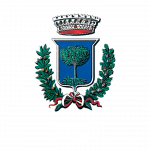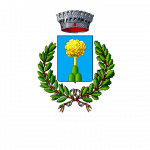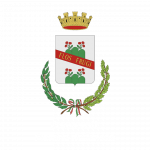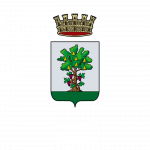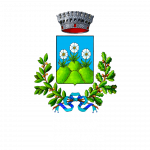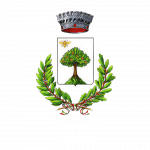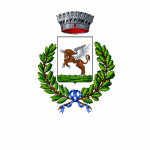Home / Ferrari Plant
Enzo Ferrari moved his car construction operations to Maranello during 1943.
He left his initial premises in Modena for a number of reasons. This was wartime, and the law requiring factories to be placed outside built-up areas encouraged Ferrari to look for an alternative site. In fact, this measure fitted in with his plans; to pursue his dream of building racing cars, he needed more space, and he was well aware that his Modena plant could not provide it.
Enzo Ferrari was well known in Maranello. He already owned a farmhouse and some land there. The deed of sale was signed in 1942 and the “Podestà” (equivalent of Mayor under the Fascist regime) of Maranello, Giuseppe Ferrari Amorotti, issued his approval in December of the same year: Enzo Ferrari was authorised to build his factory. It was hard to begin with: the War was still in progress and the new building was bombed. But Ferrari licked his wounds and started again with new vigour.
The factory is still on the same site: the land purchased in 1942. Ferrari has never left its historic location, and so the identities of Maranello and the Prancing Horse are indissolubly intertwined. Over the years, all the mythical red cars built in the plant have emerged through the gates on Via Abetone, first of all the Spyder S125, the first Ferrari to bear the Prancing Horse logo, produced in 1947.
Since 1997 the Ferrari plant has undergone thorough modernisation to provide modern, attractive workplaces.
This process has included the construction of the Cittadella Ferrari, designed by top architects: Renzo Piano, Massimiliano Fuksas, Luigi Sturchio, Marco Visconti and Jean Nouvel.
All the buildings are located around viale Enzo Ferrari, which runs right through the “cittadella” (or village) and on which the various roads named after the great Ferrari drivers converge.

Municipality of Maranello
Piazza Libertà, 33
41053 – Maranello (Modena)
comune.maranello@cert.comune.maranello.mo.it
Phone +39 0536 240 011
Fax +39 0536 942 263

IAT – Tourist Office at the
Ferrari Museum
Via Dino Ferrari, 43
41053 – Maranello (Modena)
Phone +39 0536 073036
Open every day except January 1st and December 25th
Opening times:
from April to October from 9:30am to 6:15pm
from November to March from 9:30am to 5:15pm
